Morning Glory (Ipomoea Tricolor) – Whole Seeds from Romania
From € 3,98 Incl. VAT
Botanical name: Ipomoea tricolor
Popular name: Morning Glory
Plant part: Seeds
Variety: Whole
Sample Size: Options vary from 25g to 1kg
Region of Origin: Romania
Beschreibung
The Morning Glory Flower
Delicate, fragrant, and beautiful flowers that bloom from early summer all the way to when temperatures begin to significantly drop during autumn, Morning Glories can come in many different colors such as magenta, white, pink, and violet-blue. Their growth can spread over entire green areas quite easily, and it’s most common for the flowers to unfurl during early morning and close during the afternoon.
Morning Glories have been cultivated in Japan for over a dozen centuries now, and have been historically used even by Aztec priests in their ancient sacred rituals. Because they are relatively easy to take care of, they are the sort of plant that is often chosen by gardening enthusiasts and manual workers who make a living out of floral arrangements.
Ipomoea tricolor in sacred medicine
In terms of medicinal benefits and usage, Morning Glory flowers have been used by healers of distinct cultures, mainly South American, to treat high blood pressure and heart diseases, as well as diabetes and even to remove lice from hair and scalp.
Researches of medical fields have been, as of lately, shown increasing interest in the properties of Ipomoea plants. The seeds that germinate into the flowers of this genus carry antifungal, antispasmodic, laxative, and diuretic agents, along with other health related beneficial properties that may act as blood purifiers, anti-inflammatory, and deobstruent agents.
Give our Morning Glory seeds a try and feel for yourself all the well-being and purification these gorgeous flowers can offer! All seeds contained in our packaging are harvested sustainably and ethically, coming straight from Romanian grounds.
LEGALITY: Sales and use of this product are not allowed in Australia, Estonia, Italy, and Lithuania.
Reviews (0)
Only logged in customers who have purchased this product may leave a review.
Legality
Disclaimer
Related products
Herbs (Plants)
Uncategorized

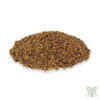

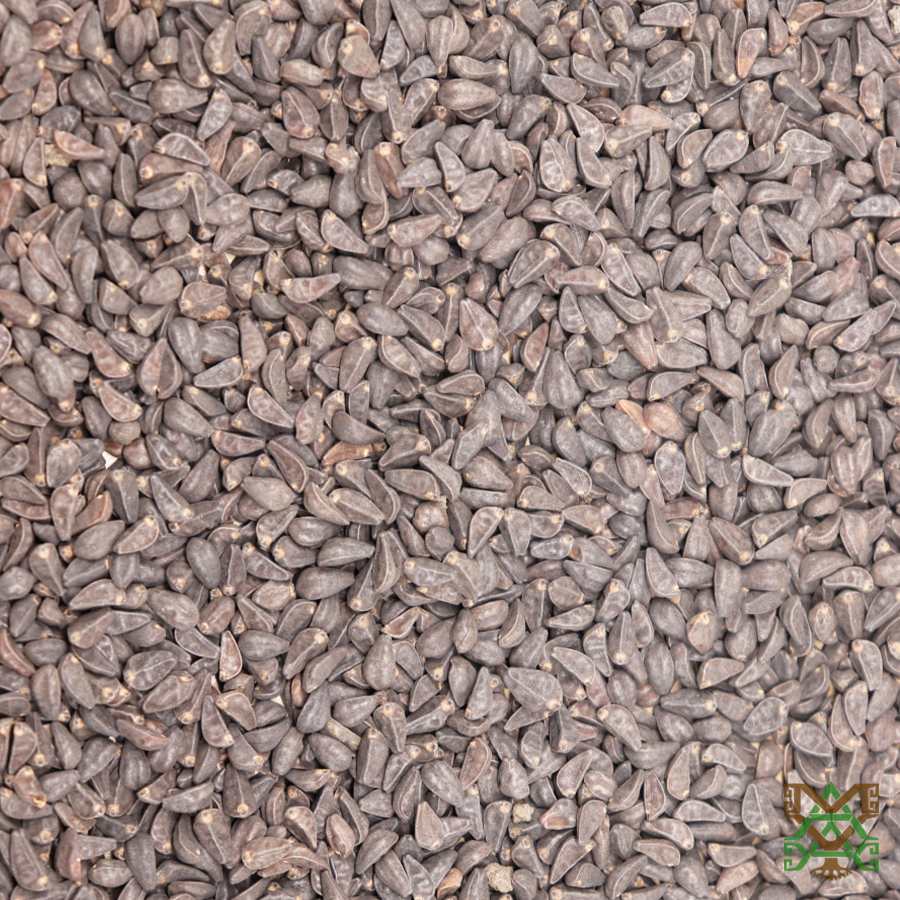

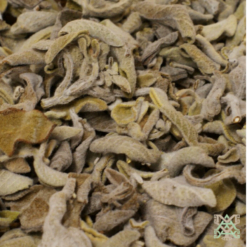

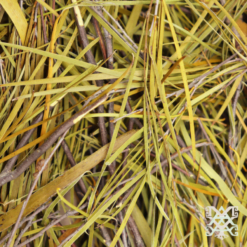
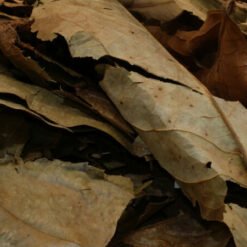
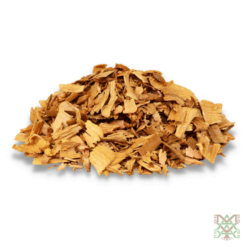
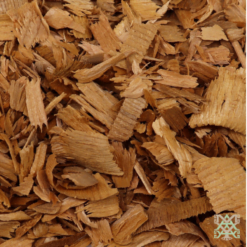

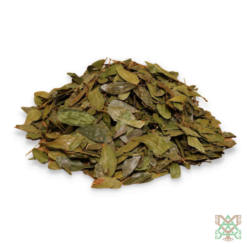
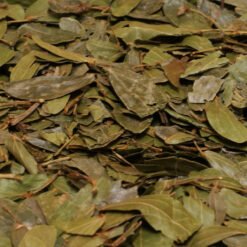
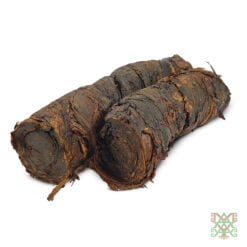


Reviews
There are no reviews yet.